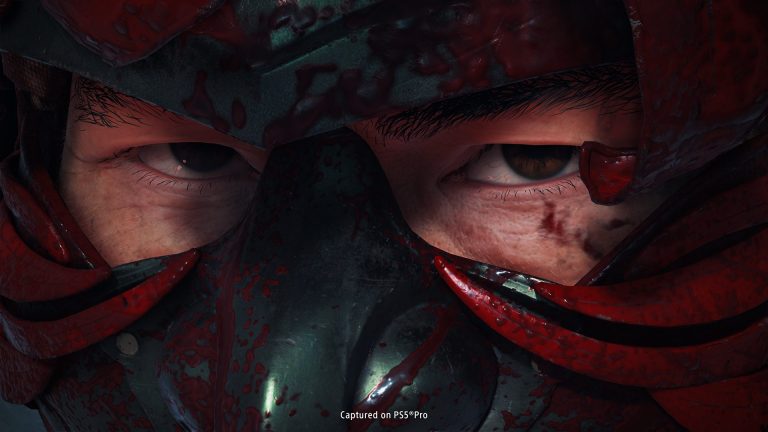Of GTC’s 900+ sessions, the most wildly popular was a conversation hosted by NVIDIA founder and CEO Jensen Huang with seven of the authors of the legendary research paper that introduced the aptly named transformer — a neural network architecture that went on to change the deep learning landscape and enable today’s era of generative AI.
“Everything that we’re enjoying today can be traced back to that moment,” Huang said to a packed room with hundreds of attendees, who heard him speak with the authors of “Attention Is All You Need.”
Sharing the stage for the first time, the research luminaries reflected on the factors that led to their original paper, which has been cited more than 100,000 times since it was first published and presented at the NeurIPS AI conference. They also discussed their latest projects and offered insights into future directions for the field of generative AI.
While they started as Google researchers, the collaborators are now spread across the industry, most as founders of their own AI companies.
“We have a whole industry that is grateful for the work that you guys did,” Huang said.
From L to R: Lukasz Kaiser, Noam Shazeer, Aidan Gomez, Jensen Huang, Llion Jones, Jakob Uszkoreit, Ashish Vaswani and Illia Polosukhin.
Origins of the Transformer Model
The research team initially sought to overcome the limitations of recurrent neural networks, or RNNs, which were then the state of the art for processing language data.
Noam Shazeer, cofounder and CEO of Character.AI, compared RNNs to the steam engine and transformers to the improved efficiency of internal combustion.
“We could have done the industrial revolution on the steam engine, but it would just have been a pain,” he said. “Things went way, way better with internal combustion.”
“Now we’re just waiting for the fusion,” quipped Illia Polosukhin, cofounder of blockchain company NEAR Protocol.
The paper’s title came from a realization that attention mechanisms — an element of neural networks that enable them to determine the relationship between different parts of input data — were the most critical component of their model’s performance.
“We had very recently started throwing bits of the model away, just to see how much worse it would get. And to our surprise it started getting better,” said Llion Jones, cofounder and chief technology officer at Sakana AI.
Having a name as general as “transformers” spoke to the team’s ambitions to build AI models that could process and transform every data type — including text, images, audio, tensors and biological data.
“That North Star, it was there on day zero, and so it’s been really exciting and gratifying to watch that come to fruition,” said Aidan Gomez, cofounder and CEO of Cohere. “We’re actually seeing it happen now.”
Packed house at the San Jose Convention Center.
Envisioning the Road Ahead
Adaptive computation, where a model adjusts how much computing power is used based on the complexity of a given problem, is a key factor the researchers see improving in future AI models.
“It’s really about spending the right amount of effort and ultimately energy on a given problem,” said Jakob Uszkoreit, cofounder and CEO of biological software company Inceptive. “You don’t want to spend too much on a problem that’s easy or too little on a problem that’s hard.”
A math problem like two plus two, for example, shouldn’t be run through a trillion-parameter transformer model — it should run on a basic calculator, the group agreed.
They’re also looking forward to the next generation of AI models.
“I think the world needs something better than the transformer,” said Gomez. “I think all of us here hope it gets succeeded by something that will carry us to a new plateau of performance.”
“You don’t want to miss these next 10 years,” Huang said. “Unbelievable new capabilities will be invented.”
The conversation concluded with Huang presenting each researcher with a framed cover plate of the NVIDIA DGX-1 AI supercomputer, signed with the message, “You transformed the world.”
Jensen presents lead author Ashish Vaswani with a signed DGX-1 cover.
There’s still time to catch the session replay by registering for a virtual GTC pass — it’s free.
To discover the latest in generative AI, watch Huang’s GTC keynote address:












